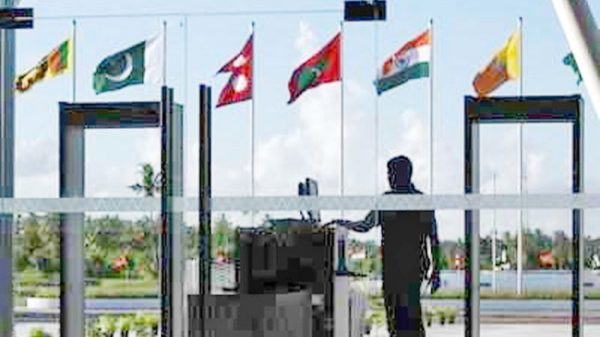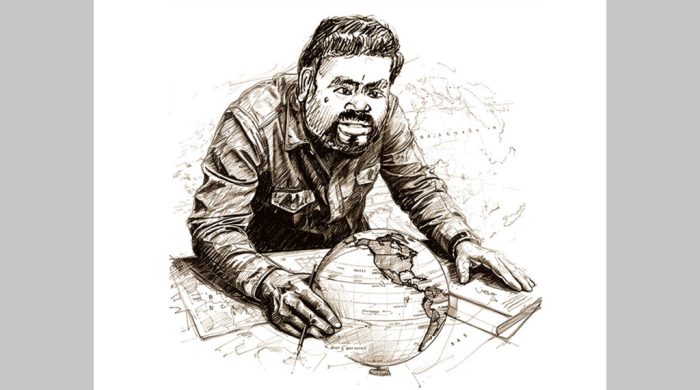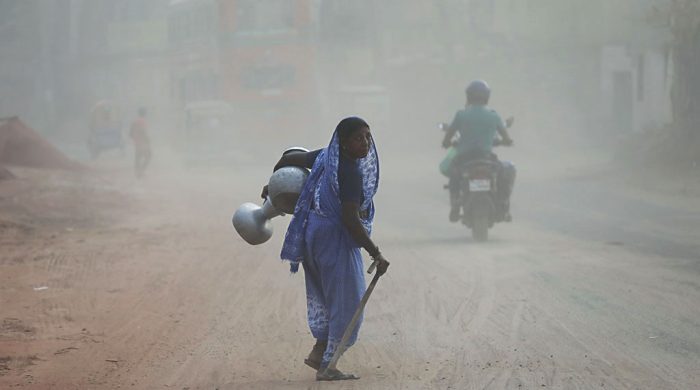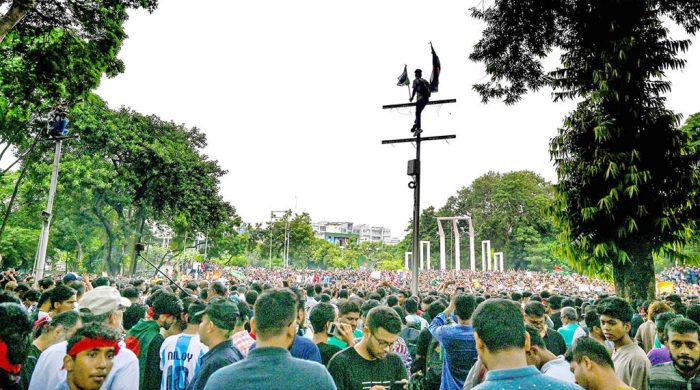Relative challenges of SAARC in globalisation

- Update Time : Sunday, December 29, 2019
- 239 Time View

AS A result of globalisation in the sphere of economy, the actual forging of links began to take place at micro-levels of business and people. Macro-level relationships between countries and their aggregates became visible too. The growing international economic links were seen in a variety of areas — trade, investment and money market. In the changed world, the spreading web of economic ties appears to have created a global state system that is less discrete and more interlocked than before.
The necessity of a balance between national interests and global interests was a challenge for the countries of this region. Initially, the founder members of SAARC also agreed in the Dhaka Declaration of December 7, 1985 to liberalise trade as early as possible through a step-by-step approach and to prevent the marginalisation of South Asia’s trade in larger global interests. In the first decade, SAARC made a considerable progress in terms of institutionalisation. Rules governing its working procedures were laid down systematically and its meetings at the level of experts, committees, secretaries, ministers and summits took place fairly regularly.
Follow-up action on new agenda
THE year 1995 was significant in SAARC’s life from the view point of its expansion in programme and influence. After the formation of the European Free Trade Area and the North American Free Trade Area, the concept of preferential trade within a group of countries came to be emphasised, resulting in the creation of South Asian Preferential Trade Agreement in 1995. SAPTA was established with the hope that by the first decade of the 21st century, a South Asian free trade area would become a reality. A document was signed by the ministers of member countries on April 11, 1993 at a summit in Dhaka to set up SAPTA. It allowed the member states to import commodities from one another with a 10 per cent lower tariff than those imposed on items from non-SAARC countries. PV Narasimha Rao, the then prime minister of India, also said that there would be zero-custom trading in South Asia. With the setting up of the World Trade Organisation in 1995, the countries of the region were likely to face difficulty in having access to the developed world, which had been major trading partners of these countries. Keeping in view the forthcoming challenges, the SAPTA countries at a meeting in New Delhi in December 1995 exchanged lists of commodities for preferential trade in which India offered a list of 106 items, Pakistan 35 items, Nepal 14 items, the Maldives 17 items, Bhutan 7 and Bangladesh 12 items for trade on concessional rates.
Links with global organisations
IN THE period, not only SAARC’s working areas expanded but it also established links with extra-regional actors. It officially iterated its resolve to encourage and strengthen cooperation with other regions. The New Delhi Summit on April 30, 1995, underlying the resolve, listed the progress made by the institution in establishing contacts and strengthening cooperation with the European Union, ASEAN and the Asian Development Bank. The summit felt the need that SAARC should explore the possibility of establishing cooperation with APEC and keep itself abreast of developments regarding the Association of Indian Ocean Rim Countries. In addition, a large number of non-governmental institutions and networks have eventually emerged. Among the most promising is the South Asia Regional Initiative/Energy, a $50 million project funded by the USAID, to enable energy cooperation between Bangladesh, India, and Nepal. Others include specific arrangements for furthering climate change initiatives, gender and human rights, the development of law, association of media, disaster management coordination and business. Furthermore, 2005 has been set as a target to convert the preferential arrangement into one of free trade area.
Structural arrangements and institutional networking apart, SAARC countries have felt in recent summits that to become a true regional bloc, it has to focus on two things — security and economic development of the whole region. There is an impression among the people of South Asian nations that we have yet to make a distinctive contribution that can make a difference to the lives of the people of the region. Regional security cannot be effectively achieved unless the region is free of terrorist and extremist activities. On the other, despite efforts, the intra-regional trade among SAARC countries is less than 5 per cent of the total trade while in comparison it is more than 20 per cent in East Asian countries. The main obstacle is security-related but also partly due to the fear that hangs over the minds of SAARC countries that the Indian companies would dominate their domestic industries if the trade were made totally free. In today’s world, NAFTA, the EU and ASEAN are the three strongest and successful regional blocs furthering prosperity and providing security for their people.
Today’s challenges of SAARC
AN IMPORTANT challenge for SAARC countries is the development of rural people. As more than one billion citizens of SAARC countries live in villages, there is an urgency for all to improve the conditions of rural life through better physical connectivity, electronic connectivity and knowledge connectivity, which together will lead to a comprehensive economic connectivity. The issue of connectivity was emphasised by the Indian prime minister Manmohan Singh at the 13th summit in Dhaka in November 2005 when he said, ‘Let us agree, at this summit, that all South Asian countries would provide to each other, reciprocally, transit facilities to third countries, not only connecting one another, but also connecting to the larger Asian neighbourhood, in the Gulf, Central Asia and in the South East Asia. India, which borders each of the members of the South Asia is willing to do so’. Earlier when the prime minister Atal Bihari Vajpayee met the Pakistan president Pervez Musharraf in the January 2004 SAARC meeting in Islamabad, they held out the promise of expanded road, railway, and air contacts, people-to-people exchanges, a new look at regional economic cooperation and even a discussion on Kashmir. There is the need for greater understanding and appreciation of each country’s problems, the acceleration of economic growth, the enhancement of self-reliance and the promotion of the welfare of the people of South Asia.
The 14th Summit of SAARC held in New Delhi in April 2007 was the first after entering the third decade of its existence and with the inclusion of Afghanistan as the eighth member of the organisation. It was significant because of the absence of acrimony. In the summit, India gave a positive signal and offered, in the opening address, to accept asymmetrical responsibilities, opening its markets to its South Asian neighbours.



















